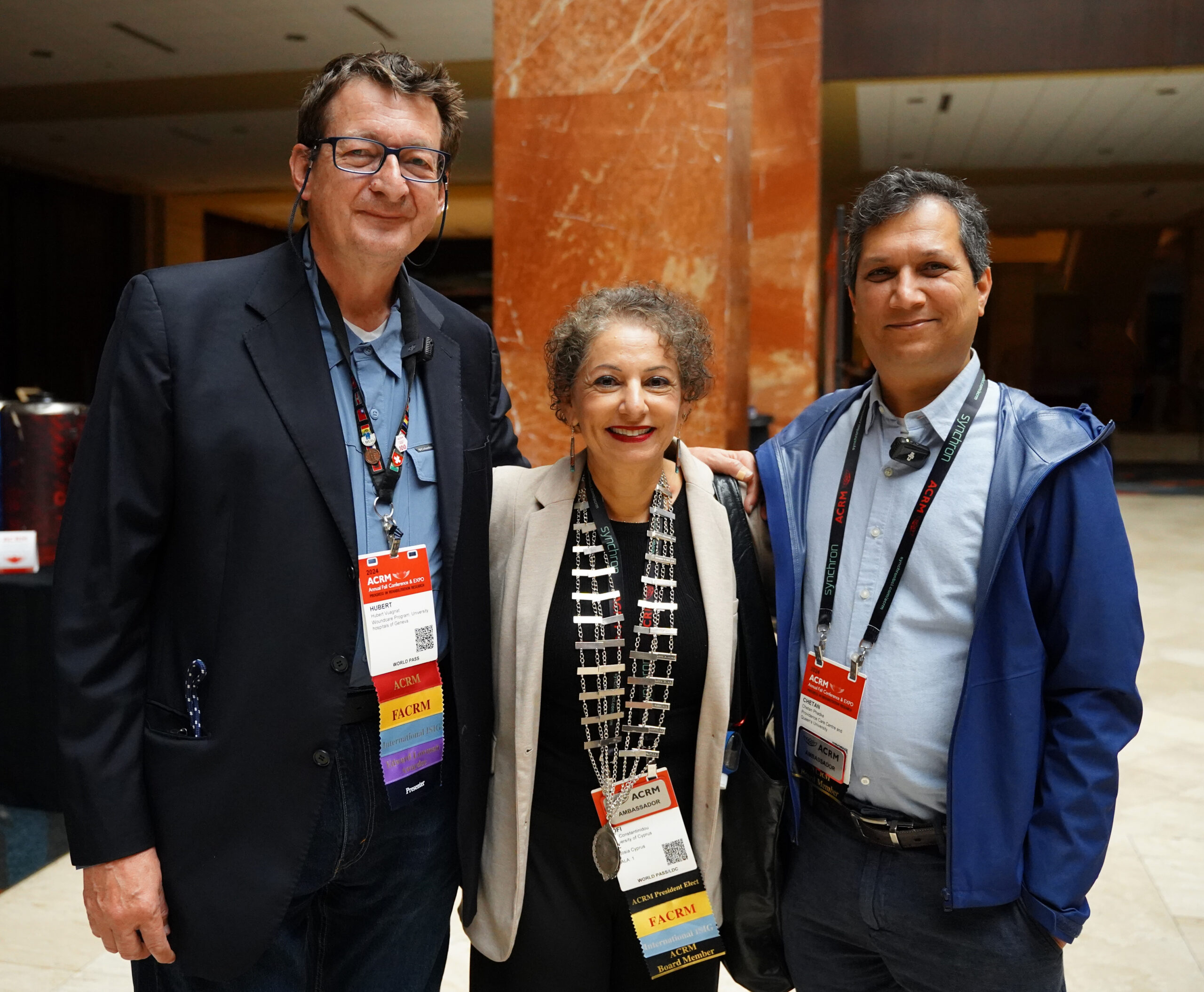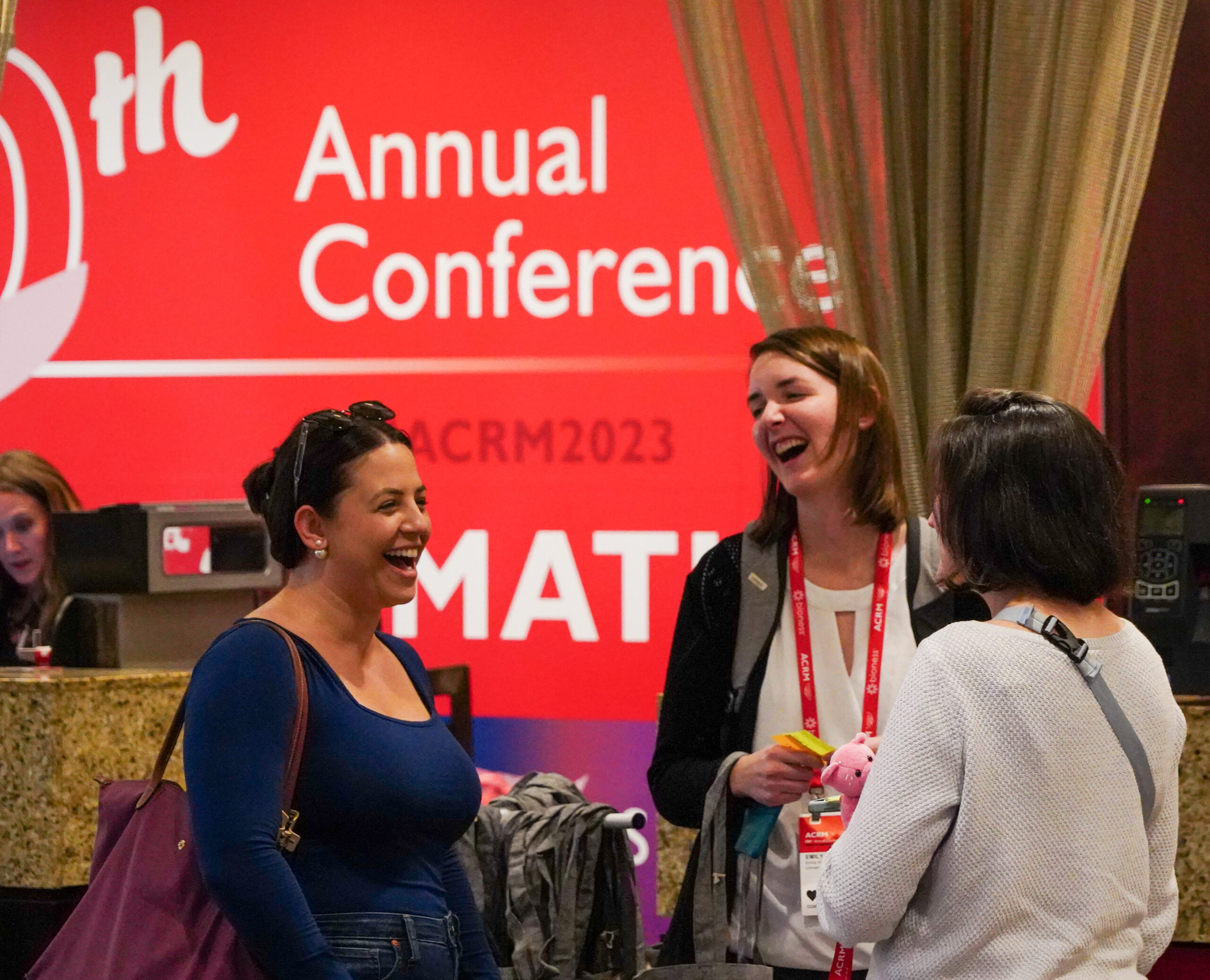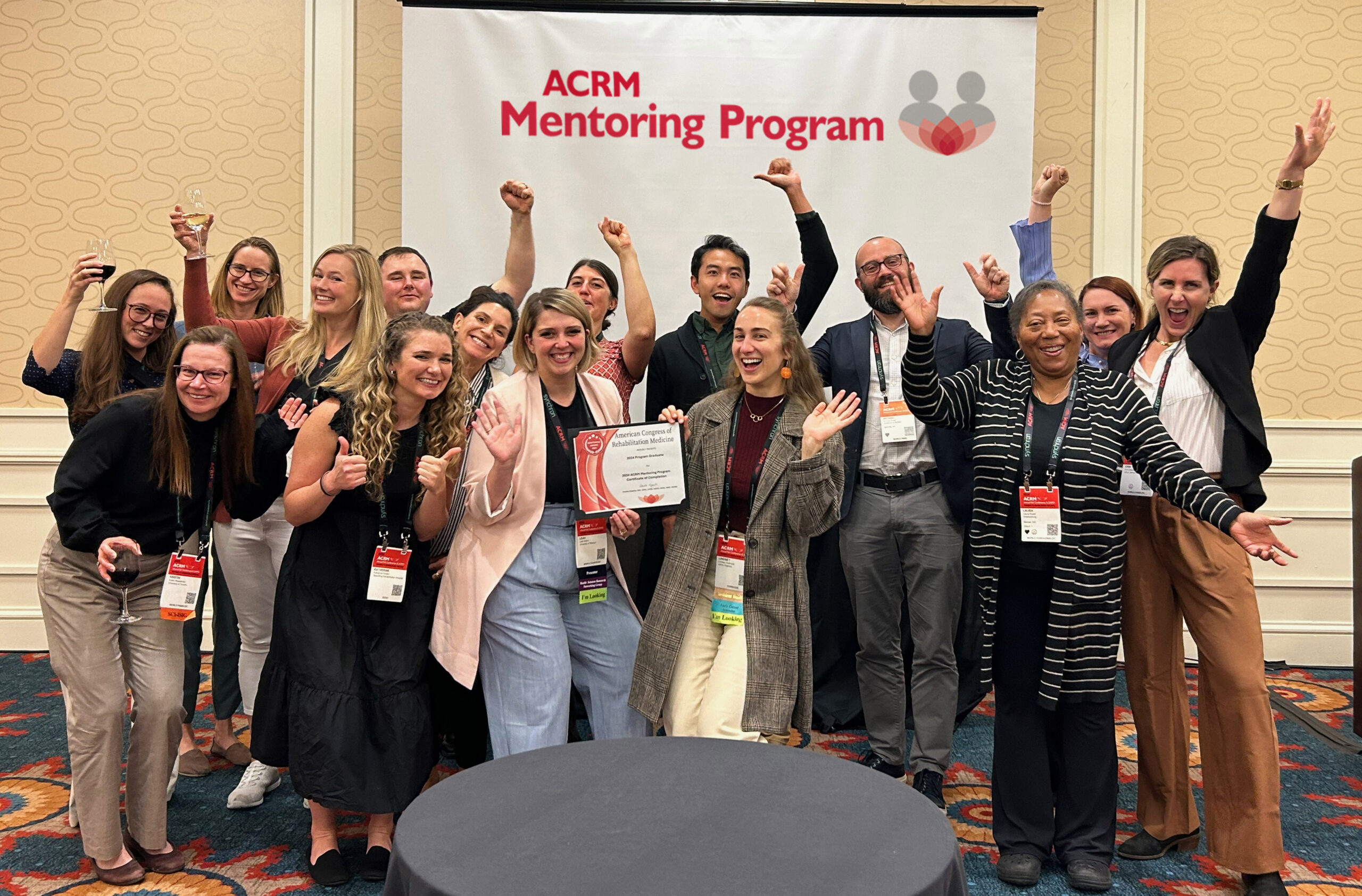Research Spotlight
KATHLEEN ZAKOWSKI
In this edition, we bring you an interview with Dr. Kathleen Zakowski, PhD, OTR, who is a Senior Director of Patient Management, Care and Rehabilitation Research at the National MS Society.
What is your background?
I have a BA in Occupational Therapy, a master’s degree in Exercise and Sport Science, a PhD in Movement Science, and I completed a postdoctoral fellowship in neuroscience/neurology before taking a tenure track faculty position at Johns Hopkins School of Medicine.
Why did you pick this field of work?
I chose to become an Occupational Therapist because I value the importance of helping people achieve goals that are important to them. The profession of OT defines “occupation” in a broad way ranging from job ergonomics to more basic movement control. Throughout the 20 years in which I practiced as an Occupational Therapist I worked primarily with people in neuro-rehabilitation settings, trying to address their goals of independent motor function both in the clinic and in the home.
I was fascinated by the variety of movement deficits that arose from the great variety of pathologies, and how these movement deficits limited their ability to meet their goals (e.g., eating, reaching, or walking). Early on in my time as an OT I began to realize that I did not understand how these movements were generated. I became frustrated by the vague nature of the treatments I was using with my patients and recognized the need for systematic and purposeful research to guide rehabilitative treatments.
I earned a PhD and essentially learned to do research so I could learn more about how the nervous system controls movements, what happens when there is damage to the system, and how it recovers from injury. The long-term goal was always, and remains, focused on using my training to improve rehabilitation. I believe it should be tailored to a person’s abilities to most effectively improve their ability to interact with the world.
What path did you take to get where you are now in your career?
I chose my PhD program carefully, really wanting a program that emphasized human motor control research and one that had an appreciation for clinical application. In the movement science program at Washington University, I learned basic neuroscience principles and how they influence the production of movement. I learned from basic scientists and clinicians who were interested in the same questions I had: “How can we improve human movement?”
During my postdoctoral fellowship, I was granted funding for a project to investigate how reaching movements in hemiparetic subjects are affected by sensorimotor impairments such as weakness, sensory loss, or spasticity, and how these recover. I then learned to expand my focus to investigate walking deficits and their relationship to sensorimotor impairments. I applied these concepts to a human model of a rare progressive neurologic disease, Adrenomyeloneuropathy.
This is a neurodegenerative disease that results in a distal axonopathy in two main pathways, the Corticospinal tract and Dorsal Column Medial Lemniscus. These experiences introduced me to the fundamental challenges of studying movement control in a condition that is progressive, a challenge I found very gratifying. My experience with Adrenomyeloneuropathy also provided me with the experience of evaluating the nervous system using different tools (e.g., imaging and motion analysis). Imaging and motion analysis provided a way to link our understanding of spinal cord pathology and clinical disability.
I joined the tenure faculty at Johns Hopkins School of Medicine in the departments of Physical Medicine and Rehabilitation and Neurology. My work expanded as I gained a laboratory, and slowly grew my lab to incorporate graduate students and postdoctoral fellows. I loved working with students and writing out my ideas in search of grant funding to implement them. I established networks that taught me new skills and expanded my grant funding.
Over time I noticed that I was feeling frustrated that my work, though very fulfilling, was not being implemented into the clinic. I was approached by the National MS Society about an open position in their research department. This position was focused on guiding the direction of rehabilitation research and growing the Societies Wellness Initiative. I recognized the need within myself for a change, and a big change.
I loved addressing scientific questions and being able to explore the answers through research, but I wanted more involvement in the “big picture” of moving the field of rehabilitation forward. I believe the advancement of neuro-rehabilitation requires studies that can bridge the gap between theoretical and clinical questions, and I was trained to do that, but it wasn’t happening.
Moving from academia to the non-profit world, and moving from applying for grant funding to having a part in choosing what work is funded was appealing. I saw this as an opportunity to move closer toward my goal of moving rehabilitation research forward.
Where do you see the field of rehabilitation for MS going?
I believe the field of neuro-rehabilitation needs to work toward tailoring interventions to a person’s biological and psychosocial needs. We need to integrate quantitative and qualitative data more effectively and develop teams of experts in both areas. Quantitative data offers biologic relevance that is critical for precision in how we develop treatments. Qualitative data offers real-world relevance that is critical for assuring our treatments actually improve our patients’ lives.
I think the field of rehabilitation has a lot of potential to improve intervention effectiveness, but we need to stick closely to how the biology affects human movement, as well as using patient reported outcomes to identify that rehabilitation interventions are improving quality of life.









